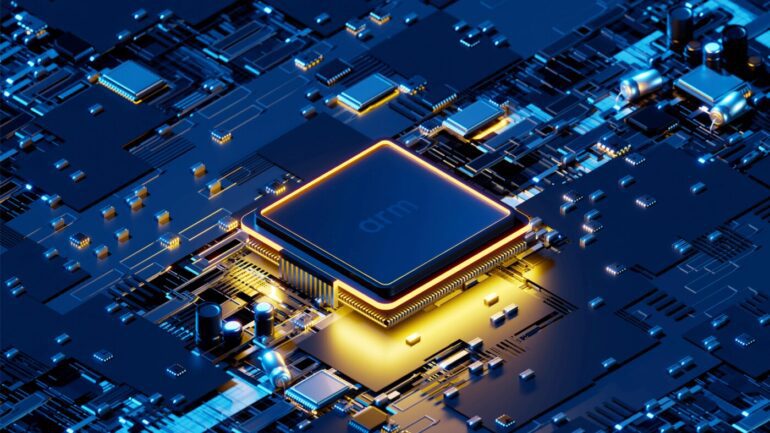TL;DR:
- Arm introduces Cortex-M52, an embedded processor core for AI on battery-powered IoT devices.
- Cortex-M52 offers a compact size and cost efficiency, ideal for AIoT applications.
- Helium technology enhances compute-analytics for IoT, enabling on-device AI.
- Cortex-M52 delivers up to 5.6 times better ML performance and 2.7 times improved DSP capabilities.
- Targeted at automotive and industrial IoT, Cortex-M52 eliminates the need for separate processing units.
- Unified development flow simplifies AI development for IoT devices.
- Enhanced security features and PSA Certified Level 2 silicon support.
- Cortex-M52 is available on Arm Virtual Hardware for advanced software development.
Main AI News:
In a significant development for the world of IoT, Arm has unveiled its latest addition to the Cortex-M family – the Cortex-M52 processor. This new embedded processor core is designed to facilitate artificial intelligence (AI) operations on battery-powered IoT devices. What sets the Cortex-M52 apart is its compact size and remarkable cost-efficiency, making it an ideal choice for AIoT (AI-enabled IoT) applications that demand enhanced digital signal processing (DSP) and machine learning (ML) performance, all without the added expenses of dedicated DSP and ML accelerators.
One of the standout features of the Cortex-M52 is the incorporation of Arm’s Helium technology. This innovation enables miniaturized compute-analytics for IoT applications, a technology that Arm is already leveraging to bring on-device AI to products at the “far edge of the network.” With the introduction of the Cortex-M52, Arm’s partners can now extend this capability to lower-cost, power-constrained devices. This marks a significant leap in matrix and DSP compute capabilities for smaller embedded devices and offers a simplified migration path from the Cortex-M33 and Cortex-M4.
The Cortex-M52 joins the Armv8.1-M Cortex-M lineup, which includes the Cortex-M55 and Cortex-M85 processors. It boasts a remarkable “up to 5.6 times” performance improvement for ML tasks and “up to 2.7 times” enhancement in DSP capabilities compared to previous Cortex-M generations. The Cortex-M52 is particularly well-suited for on-device AI applications, enabling richer user interfaces, advanced voice recognition, and sophisticated camera functions. Its primary target sectors include automotive and industrial IoT, and it eliminates the need for a separate processing unit, leading to savings in both silicon area and cost.
Traditionally, developers faced the challenge of integrating a CPU, a DSP, and an NPU (Neural Processing Unit) in hardware, along with the complexities of writing, debugging, and optimizing code using three separate tool chains, compilers, and debuggers. However, with the Cortex-M portfolio, developers can now run AI tasks using a single toolchain and a unified architecture, even on extremely low-power IoT devices. This unified approach streamlines development for traditional, DSP, and ML workloads, and integration and optimizations for ML frameworks further simplify the development process.
In terms of security, the Cortex-M52 incorporates the latest security extensions for Armv8.1-M, including PACBTI and Arm TrustZone technology. Additionally, it accelerates the path to achieving PSA Certified Level 2 silicon, reinforcing its suitability for automotive and industrial control applications. The Cortex-M52 will also be accessible on Arm Virtual Hardware, the company’s cloud platform designed to facilitate software development ahead of physical silicon availability.
Arm’s Cortex-M52 processor represents a significant leap forward in enabling AI on low-power IoT devices. Its compact size, cost-effectiveness, and unified development approach are poised to empower developers and innovators across various industries, unlocking new possibilities in the world of IoT and AI.
Conclusion:
Arm’s Cortex-M52 processor signifies a breakthrough for the IoT market. Its compact size, cost efficiency, and unified development approach will empower developers, driving innovation in AI-enabled IoT applications across automotive and industrial sectors. This advancement reinforces Arm’s position as a key player in shaping the future of IoT and AI integration.

